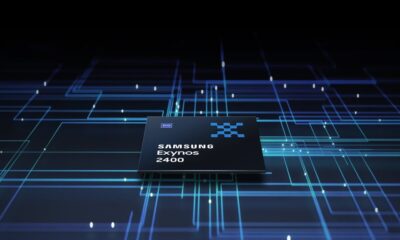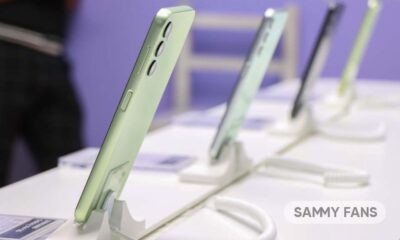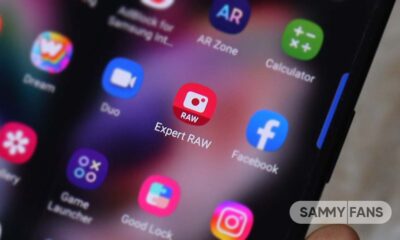News
Samsung Recap: Galaxy S25, Dream Chip, Galaxy AI, Wear OS 5 and more
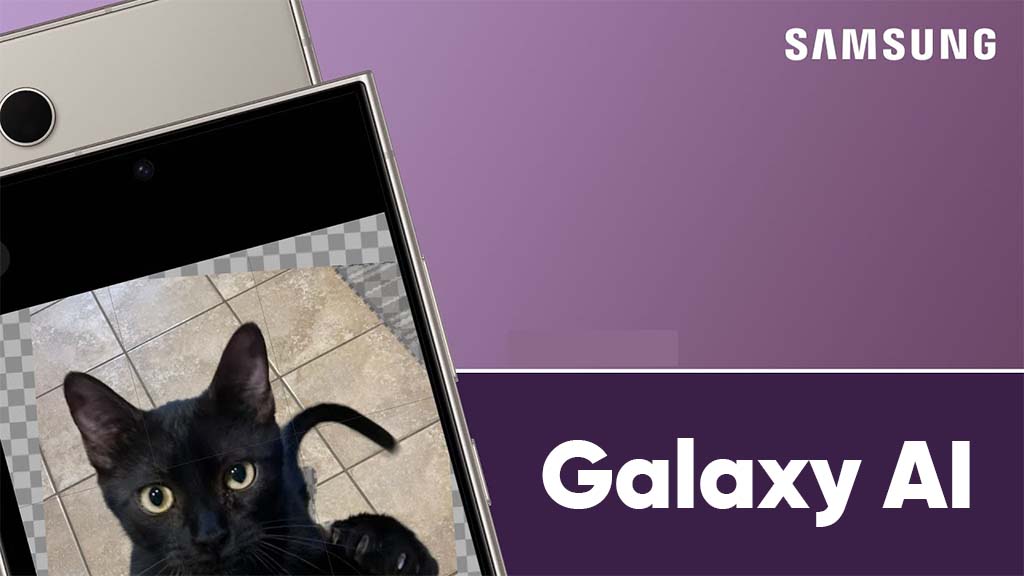
Welcome to our weekly article covering the most interesting Samsung topics. Over the last week, we’ve got interesting insights about the upcoming Samsung Galaxy products alongside its work on future software for its wearable segment.
Galaxy S25 | Samsung canceled bringing stacked battery tech and 65W charging to Galaxy S25 Ultra. Now, it is planned for Galaxy S26 Ultra, which will arrive in 2026.
Dream Chip | Galaxy S26 could debut Dream Chip powered by Samsung GPU. Exynos 2500 (S5E9955) appears to be bringing AMD graphics.
Galaxy AI | Samsung started rolling out Galaxy AI features with One UI 6.1 update to the Galaxy S22 series, Galaxy Z Flip 4 and Galaxy Z Fold 4 in South Korea.
Wear OS 5 | Wear OS 5 is under development for the Samsung Galaxy Watch 6. Based on Android 14, the next Wear OS update is slated to boost performance and efficiency.
One UI 6.1 | Galaxy S21 series, Galaxy Z Flip 3, and Galaxy Z Fold 3 started getting One UI 6.1 update in select countries.
Exynos 2400+ | Reports surfaced claiming Samsung could launch Exynos 2400+ with Galaxy S24 FE. Tipster OreXDA claims that Samsung won’t bring any mid-cycle iteration.
Good Lock x Play Store | Samsung Good Lock app has been listed on the Google Play Store. It seems Samsung wants to bring Good Lock to all Galaxy users internationally.
Samsung’s most popular update | Galaxy AI features are included in One UI 6.1 making it Samsung’s most popular update ever. Samsung Europe mentioned that the One UI 6.1 update was downloaded by:
- 75% of Z Fold 5 users
- 80% of S23 Ultra users
- 65% of Tab S9 users
Wearable revolution | In a recent press release, Samsung shared a sneak peek at its wearable revolution, indicating new form factors and hardware upgrades, probably a rectangular Galaxy Watch Ultra and Galaxy Ring.
Stay up-to-date on Samsung Galaxy, One UI & Tech Stuffs by following Sammy Fans on X/Twitter. You can also discover the latest news, polls, reviews, and new features for Samsung & Google Apps, Galaxy Phones, and the One UI/Android operating system.
Do you like this post? Kindly, let us know on X/Twitter: we love hearing your feedback! If you prefer using other social platforms besides X, follow/join us on Google News, Facebook, and Telegram.
News
Samsung targets 2026 for 3D stacked SoC with hybrid bonding and TC-NCF
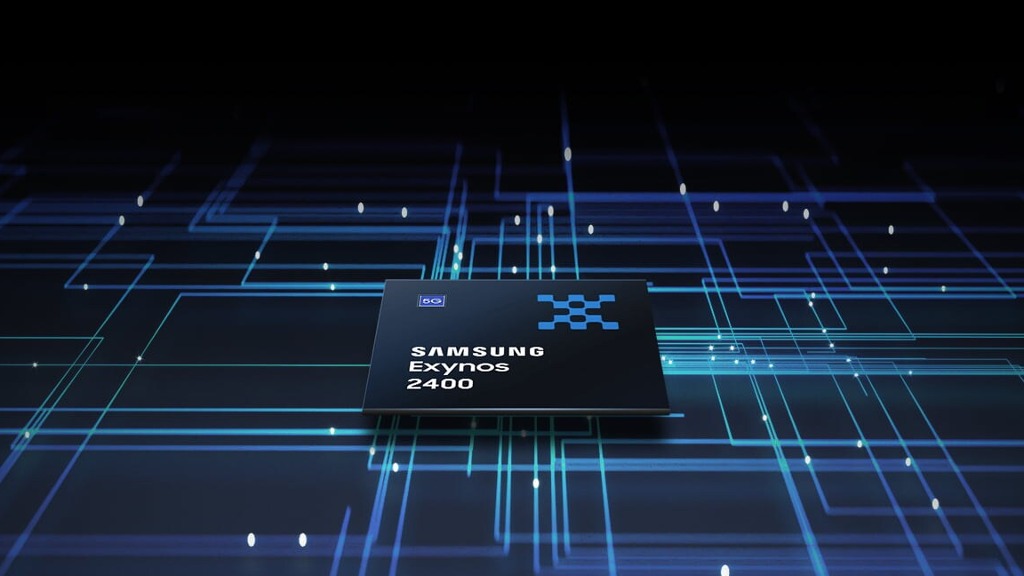
Samsung plans to begin mass production of 3D stacked SoC in 2026. The company wants to improve performance and overcome the difficulties of semiconductor miniaturization by stacking semiconductors with different functions.
The South Korean tech giant reportedly considering 3D stacked SoC. The company is pursuing both hybrid bonding and TC-NCF stack semiconductors vertically. It’s similar to HBM, which vertically stacks DRAM to increase bandwidth for AI calculations.
Samsung has recently conducted performance tests on stacking mobile APs with TC-NCF and has reportedly obtained good results. Furthermore, using TC-NCF for mobile APs is analyzed as a reflection of confidence in the technology.
Well, Samsung Foundry is not doing well for the next-gen process. The 3nm yield has not yet reached the threshold limit to enter mass production. Meanwhile, it’s good to see Samsung is continuing to innovate for a better future.
Hybrid bonding is an advanced packaging tech that directly connects the copper paths through which semiconductors exchange signals. The technology is not yet mature, hence, it cannot be used in system semiconductors for mobile devices.
To address this flaw, the company is reportedly developing both hybrid bonding and TC-NCF methods simultaneously. Before the hybrid bonding technology is perfected, TC-NCF will likely be applied first to implement 3D stacked mobile APs.
News
Windows App arrives on Android, iOS, macOS, iPadOS, and web browsers

Microsoft announced the launch of a new Windows App for its operating system. The new app will allow Windows users to run Windows and Windows apps across Android, iOS, macOS, iPadOS, and web browsers.
Simply put, the Windows App is a replacement for Microsoft’s Remote Desktop app. The Windows app is available for download on Windows, but you need to sign in with a work or school account to proceed further with the connection.
Microsoft says this unified Windows App attempts to sum up its purpose. It serves as your secure gateway to connect to Windows across Windows 365, Azure Virtual Desktop, Remote Desktop, Remote Desktop Services, Microsoft Dev Box, and more.
- Download from Google Play Store

Whether you need to connect to Windows 365, Azure Virtual Desktop, Remote Desktop, Remote Desktop Services, or Microsoft Dev Box, Windows App simplifies the process to let you manage and utilize these resources from a single app.
What’s new with Windows App?
With the Windows App, you’ll see enhancements designed to make accessing and managing Windows resources even more seamless. These updates bring new features and improvements to your experience across all major platforms:
- Device and app actions: Simplify device management with a variety of integrated actions unique to supported solutions.
- Support for Windows 365 Frontline Cloud PCs: Enjoy extended compatibility for specialized use cases.
- In-app feedback: Windows 365 and Azure Virtual Desktop users can easily provide feedback within the app.
- Account switcher for Microsoft Entra ID: iOS and macOS users can take advantage of easy account switching when using a Microsoft Entra account.
- Relayed Remote Desktop Protocol (RDP) Shortpath: Experience improved connectivity and performance for remote sessions.
News
Galaxy S24 Ultra grilled iPhone 16 Pro Max with anti-reflective screen
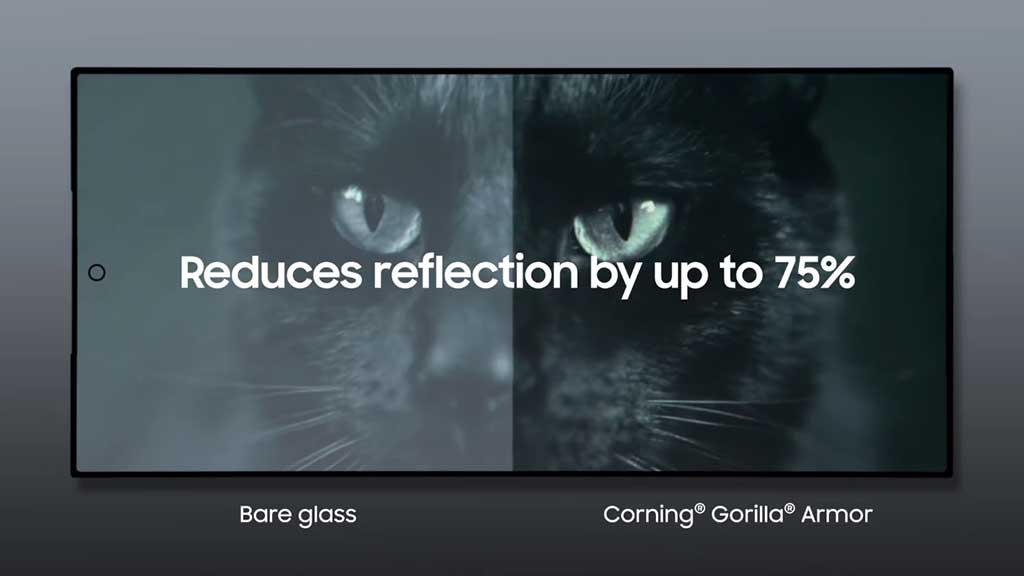
Anti-reflective screen is Galaxy S24 Ultra’s most underrated feature. Samsung collaborated with Corning to develop the futuristic screen glass tech. Meanwhile, the company missed taking enough benefit from that noteworthy upgrade.
Apple recently launched the iPhone 16 series. The iPhone 16 Pro Max lacks a Galaxy S24 Ultra-like anti-reflective screen. It’s weird to see Apple is far behind Samsung in terms of innovation and adopting new technologies.
TechDroider recently posted a video clip comparing the screen brightness. Comparison aside, the Galaxy S24 Ultra grilled iPhone 16 Pro Max with its advanced anti-reflective screen. It’s a Gorilla Glass Armour developed by Samsung and Corning.
As compared to the S24 Ultra, the iPhone 16 Pro Max screen shows much glare. The reflection looks much more visible against the S24 Ultra. The next-gen screen awards one-sided victory to Samsung, leaving questions on Apple’s slowishness.
iPhone 16 Pro Max vs Samsung S24 Ultra – Max Display Brightness 🔥 pic.twitter.com/oPgk2Gdkcv
— TechDroider (@techdroider) September 20, 2024
The reflectance of regular glass surfaces is around 4%, but Gorilla Armor’s is less than 1%. Earlier this year, the senior VP of Corning announced that Gorilla Armor is a product developed for the Galaxy S24 Ultra.
As we now wait for Galaxy S25 Ultra, the Armor glass is most likely to be repeated. We hope for an even more effective anti-reflective glass on the next-gen flagship. Also, Samsung shouldn’t miss advertising that upgrades on a wide scale.





